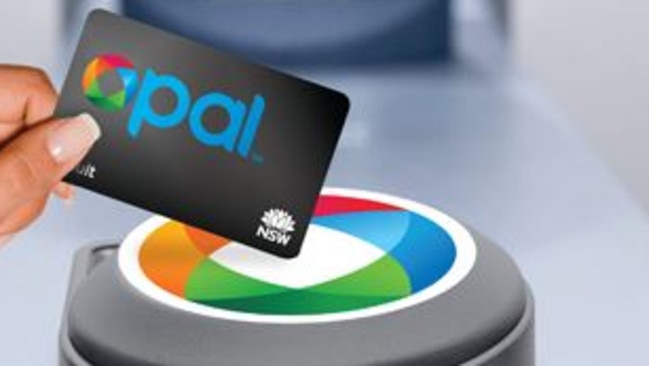The cheapest Aussie cities for commuters
JUST one Australian capital is defying the national trend for city transport costs to devour even bigger chunks of our household budgets.

JUST one Australian capital is defying the national trend for city transport costs to devour even bigger chunks of our household budgets.
In Melbourne, the price of getting around the city actually fell in the September quarter, according to research for the Australian Automobile Association’s Transport Affordability Index.
Melbourne commuters are benefitting from lower fuel and insurance charges, and no rise in public transport fares.
This lowered the average family’s annual transport bill from $18,136.02 to $18,056.11.
That $80 drop might seem small, but it is significant when placed against rising charges for other cities — including a $100 jump in Canberra — and nationally. And the good news for Melbourne helped confirm Sydney as the most expensive city to travel in.
Nationally, the transport costs of an average family rose by $116 a year to around $16,894 — one of the biggest single expenses faced by a household.
This pushed the slice of an average family’s budget devoted to commuting from 13.3 per cent to 13.4 per cent. By comparison, average household spending on telecommunications, electricity and water take up from one to three per cent.
An average Sydney family in Sydney pays about $21,653 a year on city transport, up from $21,389.78 over the September quarter. This can mean outlays of $416 a week, compared to $377 for Brisbane and $347 for Melbourne.
The smallest burden is in Hobart, at $14,197 (up from $14,115.72).
In Perth, the weekly figure was $308, Canberra $302, Darwin $288, Adelaide $287, Hobart $273.
The AAA — the national umbrella group for motoring organisations — wants government at all levels to help families by reducing taxes and charges which totalled close to $28 billion in 2013-14.
CTP and licence charges cost an average family almost $2700 a year, up $50 over the September quarter.
“The latest Transport Affordability Index shows transport costs continue to steadily increase, creeping up in both dollar terms and as a share of the household budget,” said chief executive Michael Bradley today.
“It’s very important that governments consider how rising transport costs are applying financial pressure to Australian households when formulating policy.”
The AAA wants government assistance to cut costs in such areas as the upfront costs of new cars, open access to the vehicle repair industry.
Modelling for the calculations is based on a hypothetical family in each capital city. It has a couple with children and two cars. One family member drives to work and the other catches public transport.
They live in a ring-road suburb and toll costs are added, depending on the location. Other expenses such as CTP insurance, registration and car loan repayments are taken into account.



